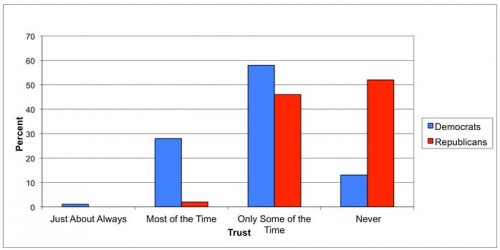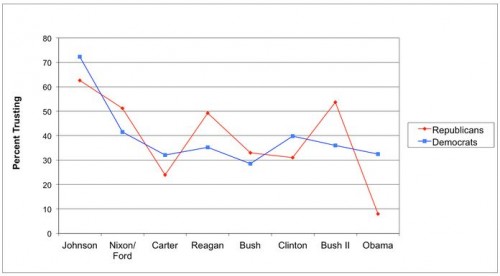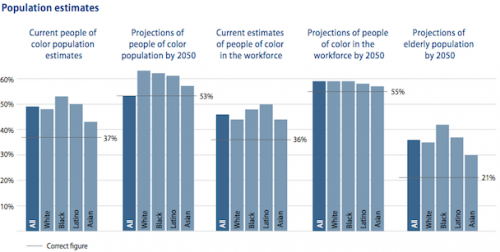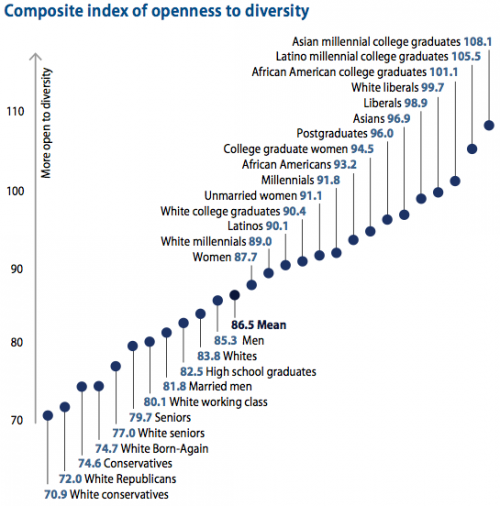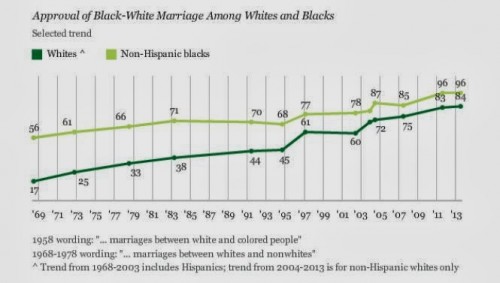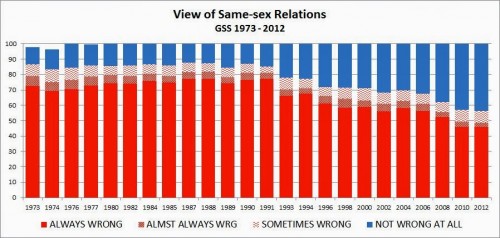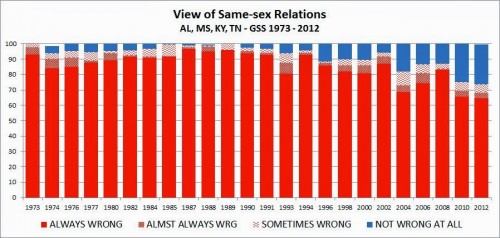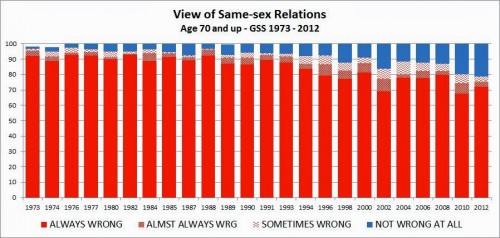A new survey ranks the qualities that Americans dislike in a potential leader, discovering that they still give a strong side-eye to atheists.
Prejudice against those who say there’s no god is stronger than ageism, homophobia, and sexism. People would also rather vote for people with admitted moral failings (in the eyes of some), such as those who’ve admitted to an extra-marital affair or the use of weed, than those who claim a perfect record guided by some other force than god.
On the plus side for atheists and their allies, the percent of people who say that they are disinclined to vote for an atheist for president has declined from 63% in 2007 to the 53% we see today.
Lisa Wade, PhD is an Associate Professor at Tulane University. She is the author of American Hookup, a book about college sexual culture; a textbook about gender; and a forthcoming introductory text: Terrible Magnificent Sociology. You can follow her on Twitter and Instagram.


